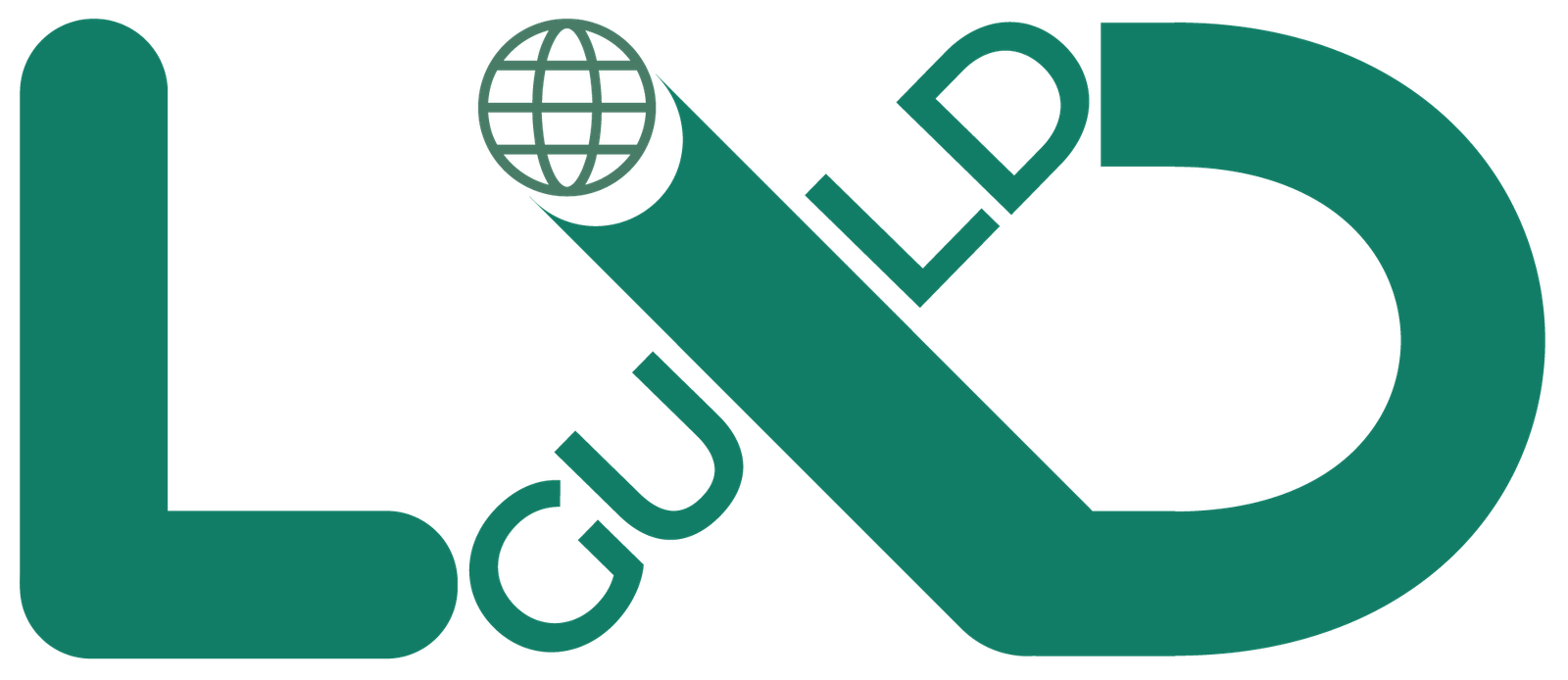Exploration: Finding Your Own Path

Ants are known for their relentless exploration, searching for food sources by trying out different routes. Over time, they identify the best paths and share this information with others. Now imagine learners doing the same: instead of being handed a single path to follow, they’re encouraged to explore multiple learning pathways. Some students might prefer videos, while others may learn better through hands-on activities or reading materials. By allowing this kind of exploration, we empower students to discover what works best for them—just like ants finding the quickest route to food.
In practice, this could mean offering diverse learning materials, encouraging self-paced learning, or even letting students choose their preferred method of engaging with content. Exploration leads to personalization, and personalized learning can be incredibly powerful.
Feedback: The Pheromone Trails of Learning

Ants communicate by leaving pheromone trails, and the stronger the trail, the more ants follow it. In an educational setting, feedback serves as a kind of pheromone trail. The more useful the feedback, the more students are likely to incorporate it into their learning process.
Think about how peer reviews, instructor comments, or even AI-powered learning tools can guide students in the right direction. By offering consistent feedback, we help learners understand which paths are leading to success. And just like ants who adjust their paths based on pheromone signals, students can fine-tune their learning strategies based on the feedback they receive.
Reinforcement: Learning by Iteration
The real magic of Ant Colony Optimization lies in its iterative process—ants don’t just find a good path and stop. They keep improving it, reinforcing the optimal routes with more pheromones. In learning, we can apply the same principle through reinforcement and iterative learning.
For instance, students often learn best when they revisit concepts multiple times, improving their understanding with each pass. Techniques like spaced repetition, where learners review material at increasing intervals, help reinforce knowledge. Just like ants refining their paths, learners refine their understanding over time. This iterative process leads to deeper comprehension and long-term retention.
Collaboration: Collective Learning Power

Ant colonies thrive on collaboration. They work together, share information, and build on each other’s efforts. The same can be applied in education with collaborative learning. Whether through group projects, study teams, or online discussion forums, learners can leverage the collective intelligence of their peers.
When students collaborate, they share their “pheromones”—the knowledge and insights they’ve gained through their own exploration. By pooling their collective experiences, they help each other find the best ways to approach problems, much like ants working together to find the best route to food.
Goal-Oriented Optimization: Reaching the Educational Finish Line
In ACO, the goal is always to find the most efficient solution. In a learning environment, students can similarly aim to optimize their own learning paths. This could mean setting clear, measurable learning goals and using feedback to adjust their strategies as they progress.
For example, students could set goals like mastering a specific skill or understanding a challenging concept. Along the way, they adjust their methods based on feedback—perhaps realizing that a different study technique works better for them, or that they need to revisit certain areas for deeper understanding.Optimization in education is all about finding what works best for each individual learner, just as ants find the best path to food.
Why This Matters: Education in the 21st Century
The world of education is evolving, and traditional one-size-fits-all approaches to learning are becoming obsolete. As we shift toward more personalized, dynamic learning environments, the principles of Ant Colony Optimization offer a fresh perspective on how we can design systems that are adaptive, collaborative, and goal-oriented.
By allowing learners to explore, providing meaningful feedback, promoting collaboration, and focusing on continuous improvement, we can create educational experiences that not only engage students but also optimize their learning outcomes. In essence, we’re creating a learning ecosystem that is as intelligent and adaptable as a colony of ants.
Final Thoughts
Who would have thought that ants, tiny creatures with brains smaller than a pinhead, could hold the key to optimizing education? Yet, their simple but effective methods of exploration, feedback, and collaboration offer a profound lesson for educators and learners alike.
As we continue to innovate in education, let’s not forget the wisdom of nature. Sometimes, the answers to our biggest challenges—whether in solving complex computational problems or designing better learning environments—can be found in the smallest places.


